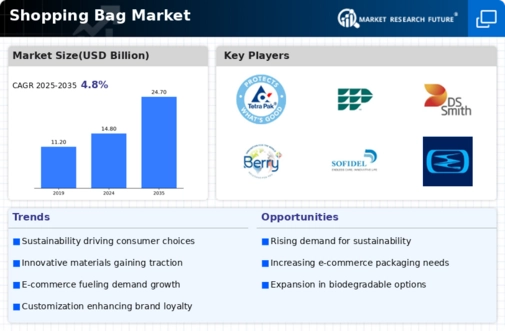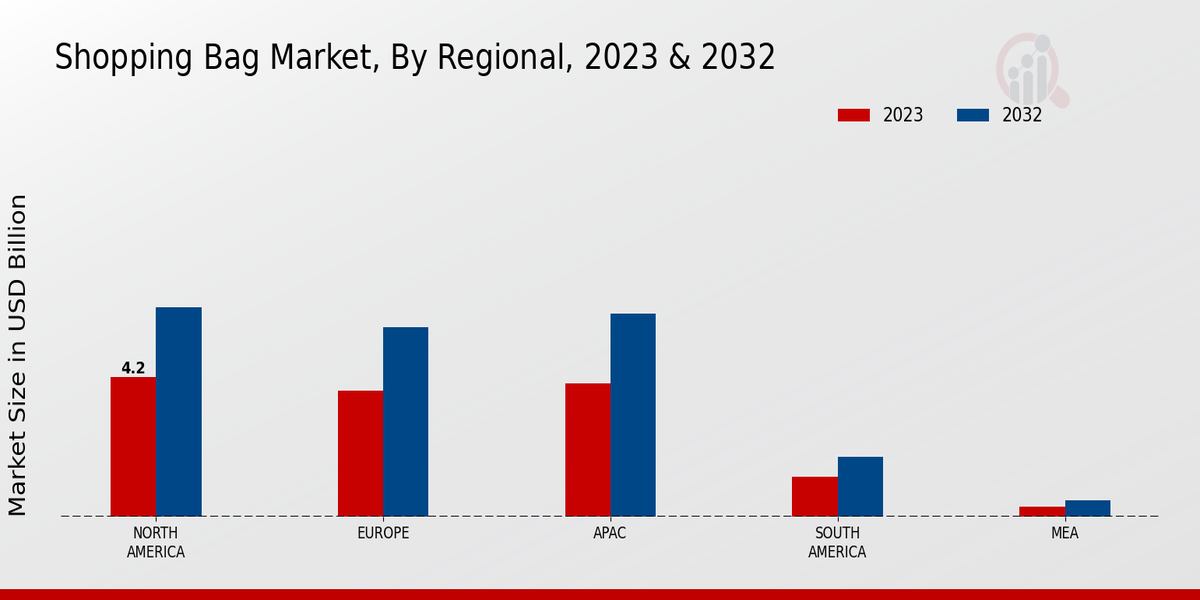The Shopping Bag Market is a dynamic and rapidly evolving sector that reflects not only consumer habits but also ecological considerations. The competitive landscape is characterized by a diverse array of players, including manufacturers, distributors, and retailers, who are vying for market share in an increasingly sustainability-conscious environment. As the demand for eco-friendly alternatives rises, companies are innovating with sustainable materials and designs to cater to environmentally aware consumers. The market is also witnessing increased collaboration and partnership strategies, where entities seek to enhance their product offerings through synergies and more extensive distribution networks.
Amidst these shifts, understanding the competitive insights of key players becomes essential for stakeholders aiming to navigate the complexities of this market effectively.United Parcel Service has carved out a notable presence in the Shopping Bag Market through its robust logistics and delivery services tailored for the retail sector. The company's widespread infrastructure, combined with its efficient supply chain solutions, enables it to provide timely and reliable delivery of shopping bags to various distribution points. This capability is complemented by United Parcel Service's commitment to sustainability Initiatives that focus on reducing carbon footprints in their operations.
Additionally, their expertise in packaging solutions allows them to cater to the specific needs of retail businesses seeking packaging alternatives that are both practical and environmentally friendly. With a strategic focus on innovation, United Parcel Service is positioning itself as a forward-thinking player within the Philippines Shopping Bag Market.On the other hand, Tetra Pak operates with a unique perspective within the Shopping Bag Market, leveraging its experience in packaging technology to deliver innovative solutions that resonate with modern consumer demands. The company emphasizes the use of recyclable materials in the production of shopping bags, aligning with sustainability trends.
Tetra Pak's strong reputation for quality assurance and safety in packaging further cements its place in this competitive landscape. Their advanced technology enables the development of lightweight yet durable shopping bags, thus appealing to eco-conscious consumers who seek both functionality and environmental responsibility. Tetra Pak's established distribution networks allow it to efficiently reach a broad market, making its contributions to the Shopping Bag Market both significant and impactful.





















